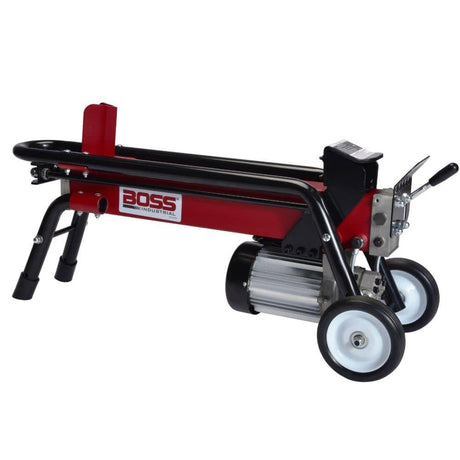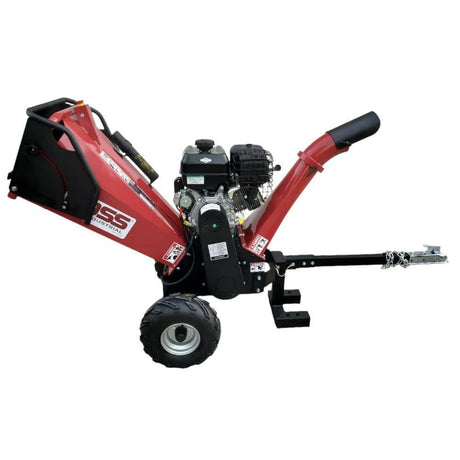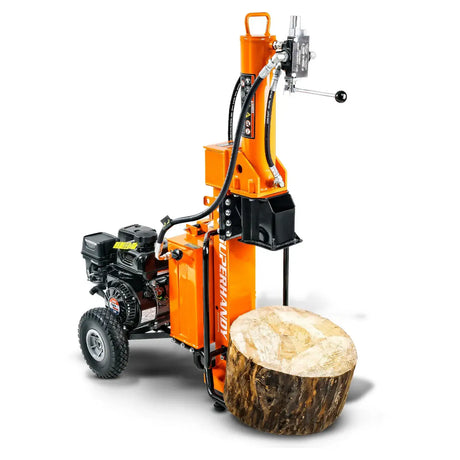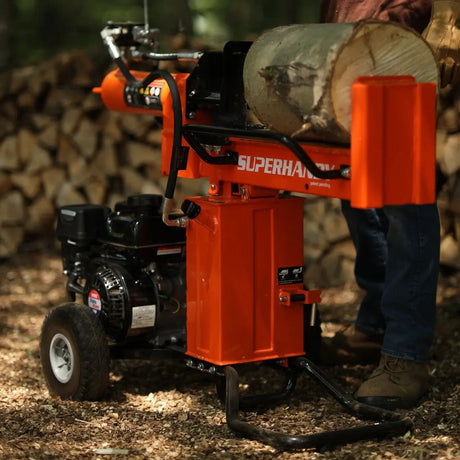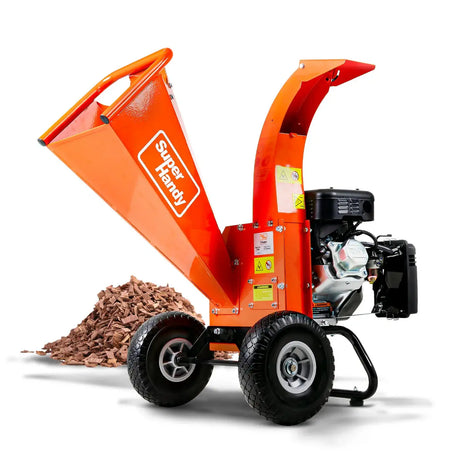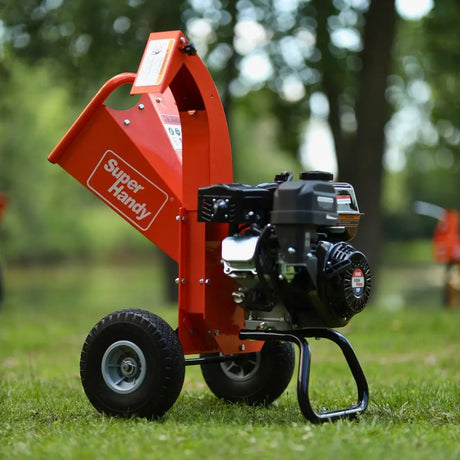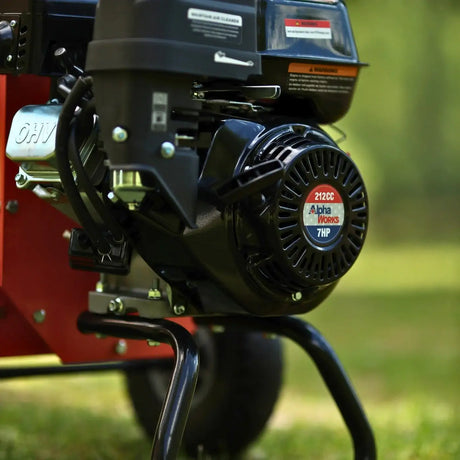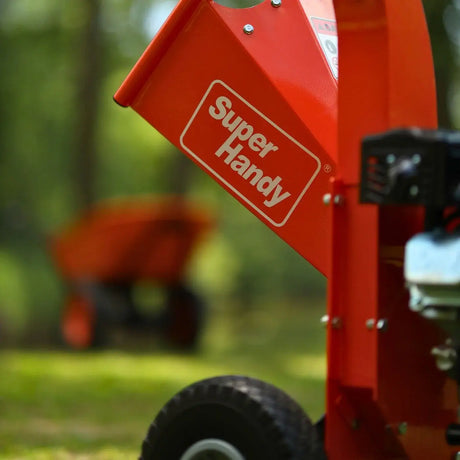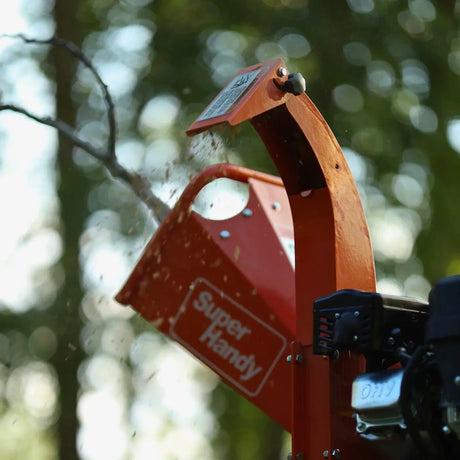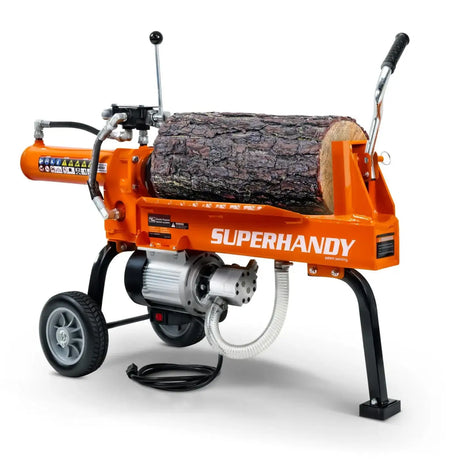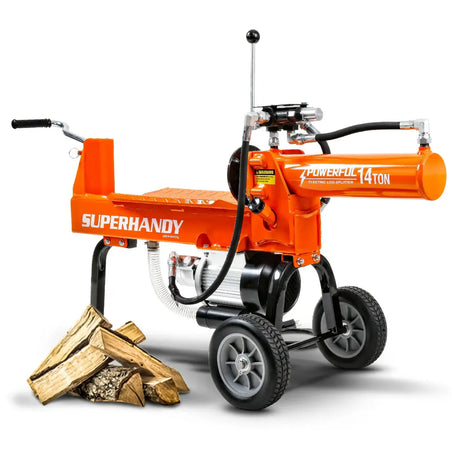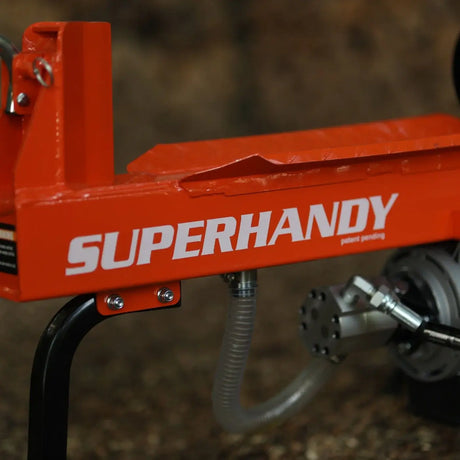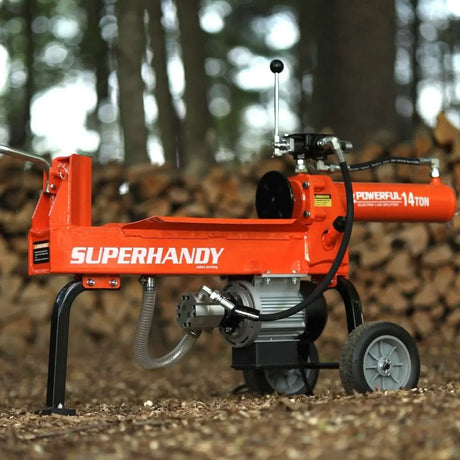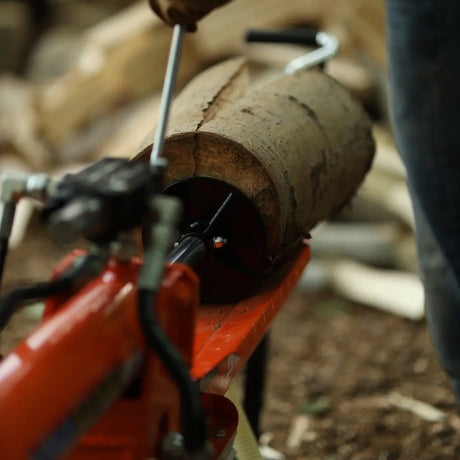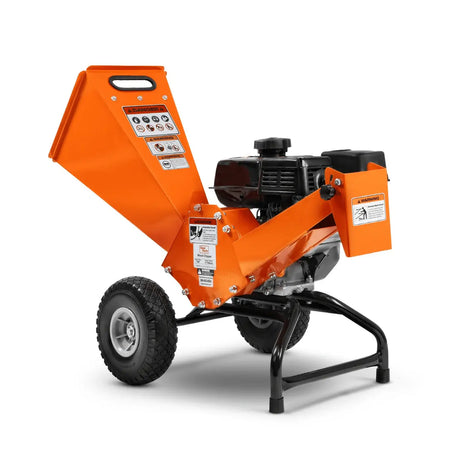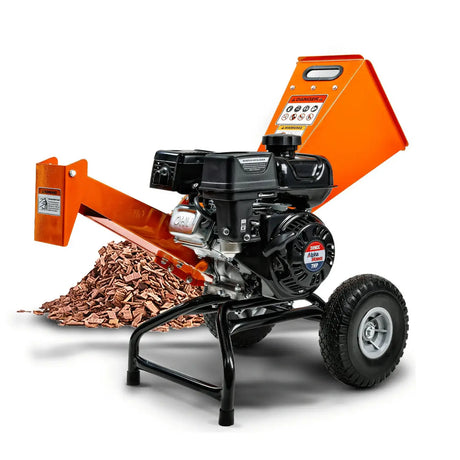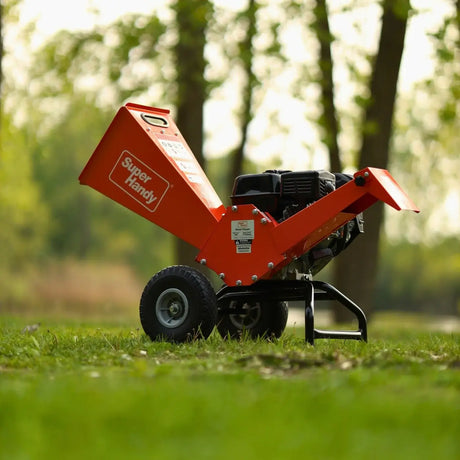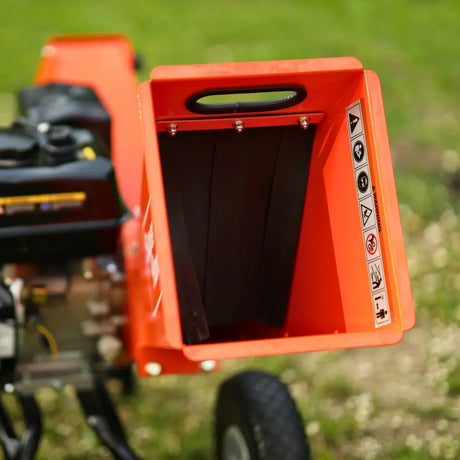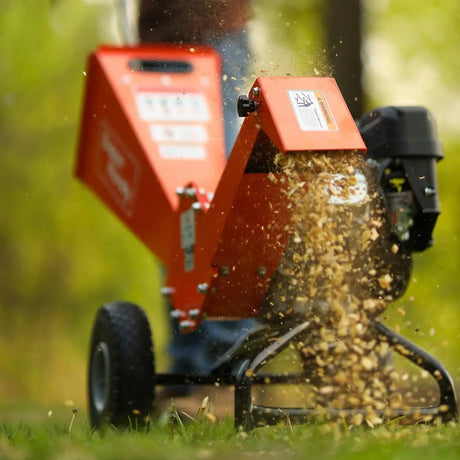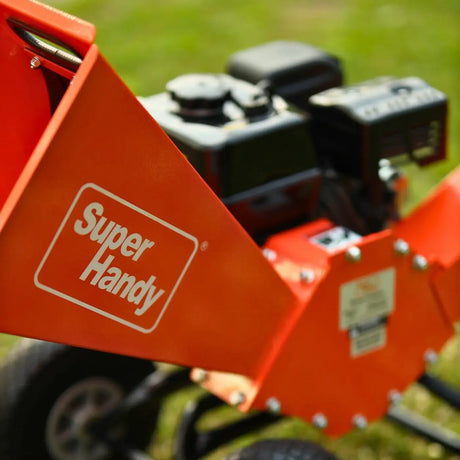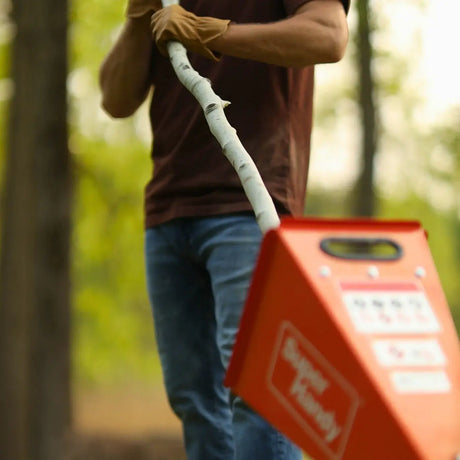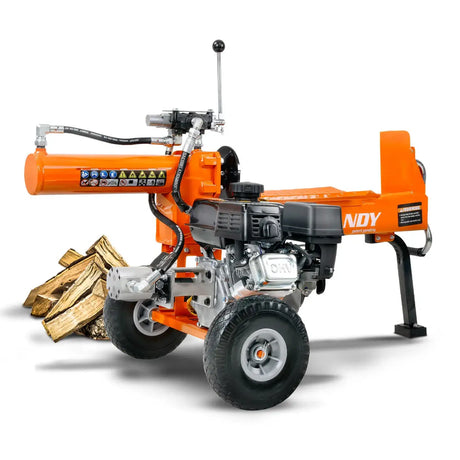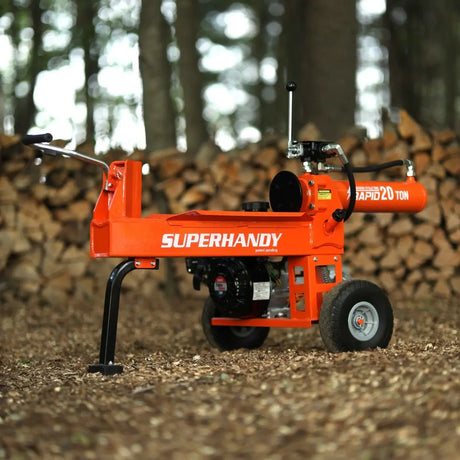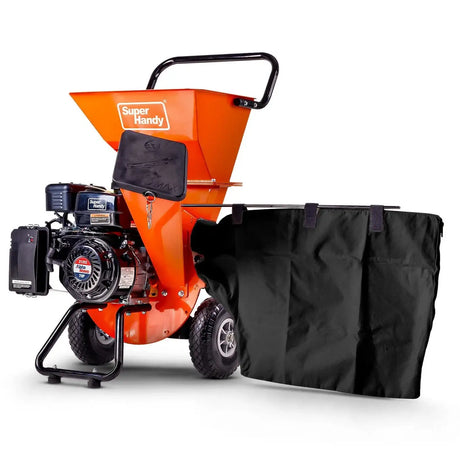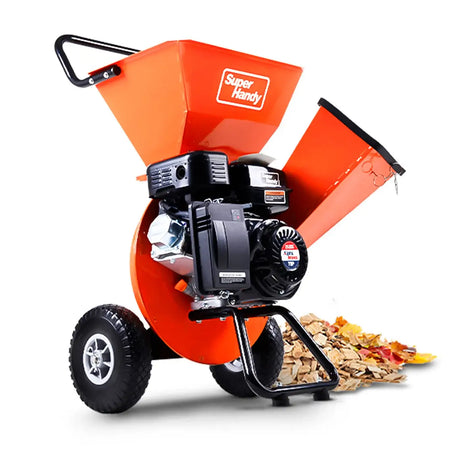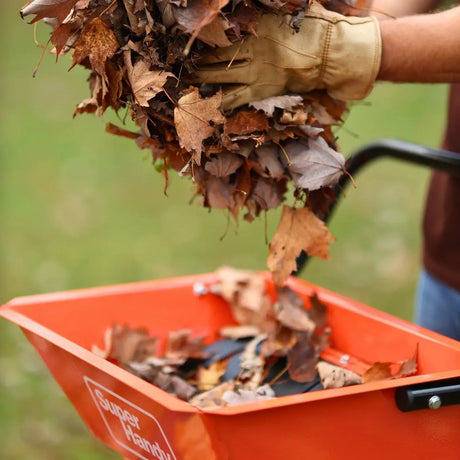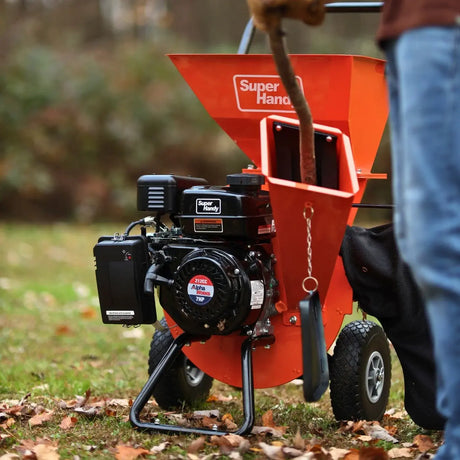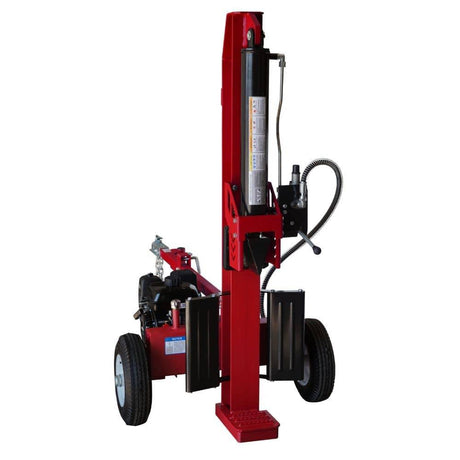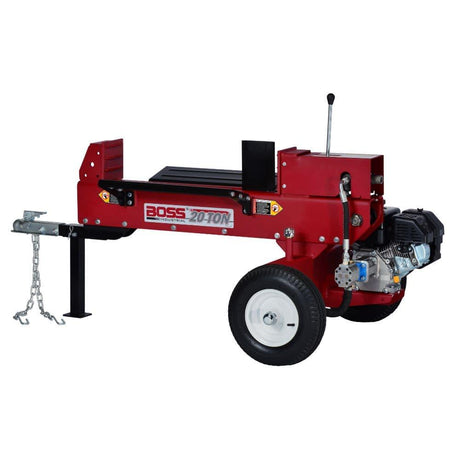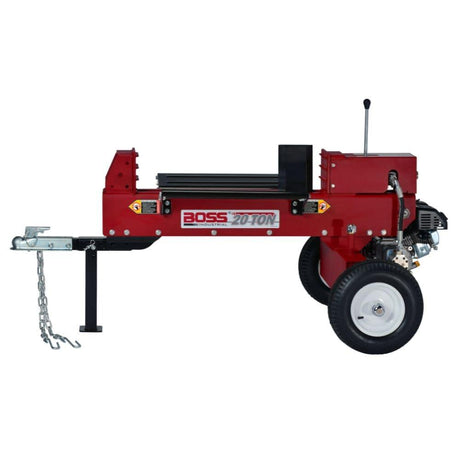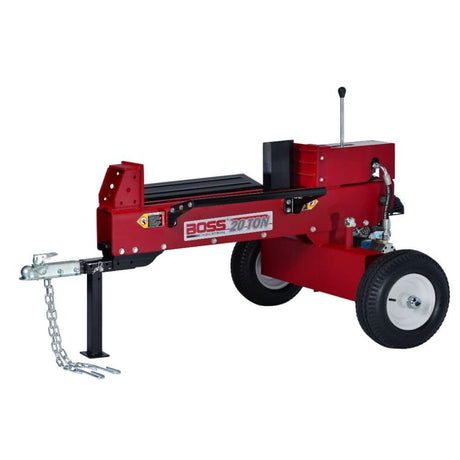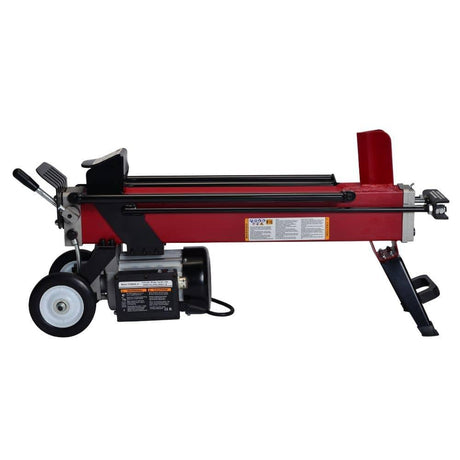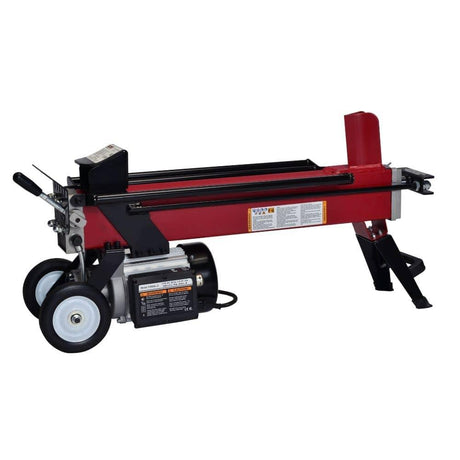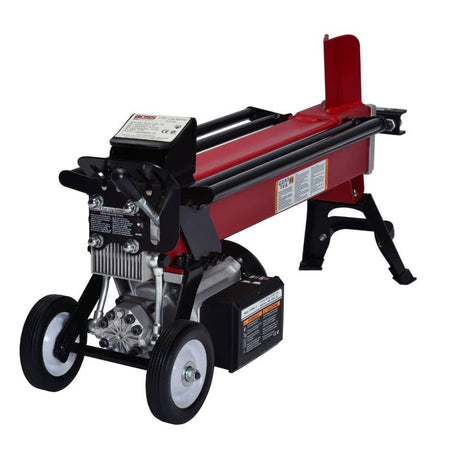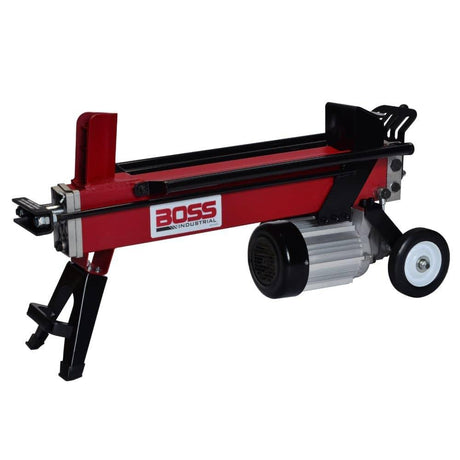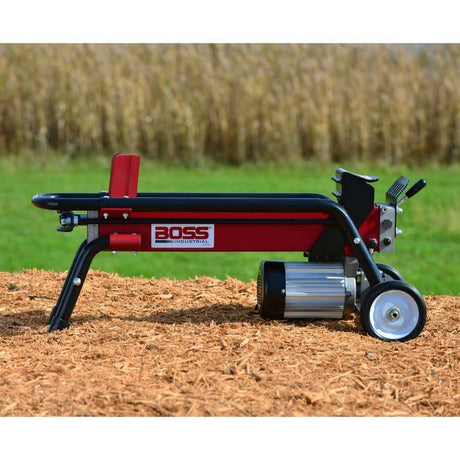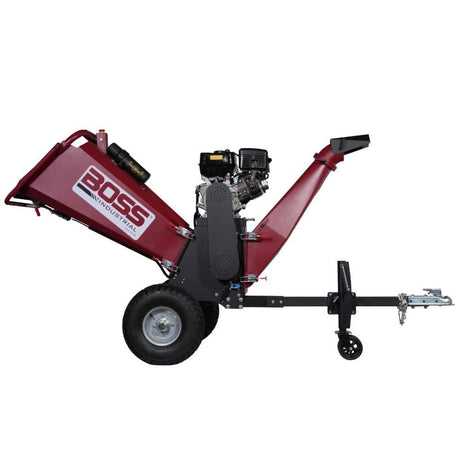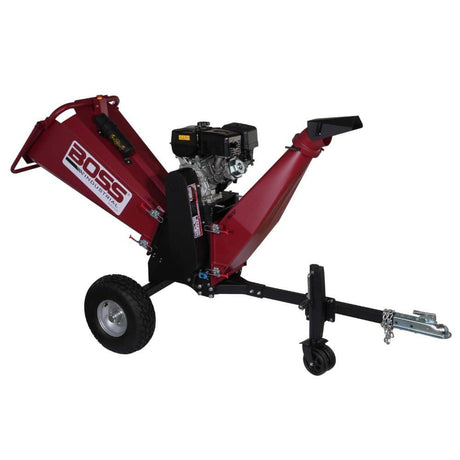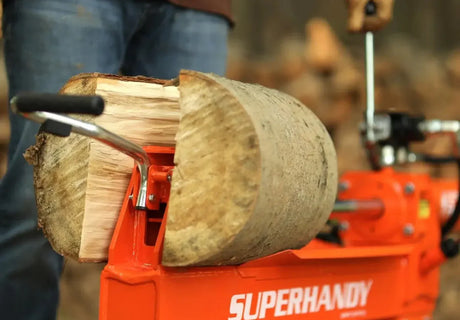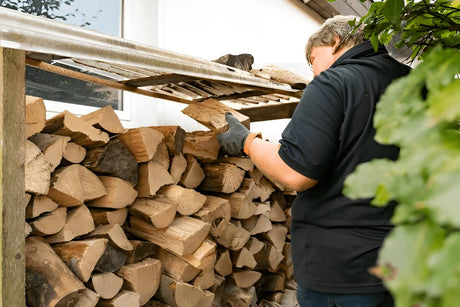If you've ever tried splitting wood with a tool that's underpowered for the job, you know it's no picnic. The log just sits there laughing at you while your machine groans and struggles. Choosing the right tonnage for your log splitter isn't just about power-it's about working smarter, saving time, and protecting your machine. Let's walk through how to make the right call based on the type of wood and its condition.
If you’re curious about costs, see our How Much Is a Log Splitter? Complete Price Breakdown by Type and Use for pricing insights on different splitter types.
Key Takeaways
- Wood type and moisture content matter: Green wood is tougher to split than dry, and hardwoods demand more force than softwoods.
- Log diameter is a major factor: Bigger logs need significantly more tonnage, especially if they're from dense species.
- Don't underpower yourself: A splitter that's too weak for the job leads to frustration and potential damage.
- Always round up: When in doubt, go for more tonnage-it's better to over-deliver than get stuck halfway through a log.
What This Table Shows
This table gives you a practical breakdown of the splitter force needed based on:
Wood Type:
- 🌲 Softwood (like pine or fir)
- 🌿 Medium Hardwood (like cherry or walnut)
- 🪵 Hard Hardwood (like oak or maple)
- 🧱 Very Hard Hardwood (like hickory or elm)
Wood Condition:
- Dry (seasoned, easier to split)
- Green (freshly cut, holds moisture, tougher to split)
Log Diameter:
- From 6 inches to 24 inches, as diameter increases, tonnage needs jump significantly.
Log Splitter Tonnage Reference by Wood Type
Use this quick-reference chart to match your log splitter’s tonnage to the type and condition of wood you’re splitting. Save time, prevent jams, and choose the right machine for the job.
| Log Diameter | 🌲 Softwood Dry / Green |
🌿 Medium Hardwood Dry / Green |
🪵 Hard Hardwood Dry / Green |
🧱 Very Hard Hardwood Dry / Green |
|---|---|---|---|---|
| 6 in. | 4+ tons / 7+ tons | 6+ tons / 9+ tons | 7+ tons / 10+ tons | 10+ tons / 16+ tons |
| 12 in. | 12+ tons / 18–20 tons | 15+ tons / 22+ tons | 20+ tons / 26+ tons | 22+ tons / 30+ tons |
| 18 in. | 20+ tons / 28–30 tons | 20+ tons / 30+ tons | 26+ tons / 34+ tons | 26+ tons / 34+ tons |
| 24 in. | 27+ tons / 34+ tons | 27+ tons / 34+ tons | 30+ tons / 34+ tons | 30+ tons / 34+ tons |
This gives you a simple, no-nonsense reference. Whether you're prepping firewood for a small wood stove or dealing with gnarly rounds from a massive oak tree, this helps you avoid guesswork.
How to Use This Data When Choosing Log Splitters
Here's how to apply the info:
1. Identify the Wood You'll Be Splitting Most
If you're mostly dealing with softwoods like pine or spruce, even a compact electric splitter can do the trick. But if you're working with hardwoods like oak, hickory, or elm-especially if the logs are green-you'll need serious tonnage.
Example: Say you're a homeowner in the Midwest dealing with 12-inch green oak rounds-jump straight to a 26+ ton splitter. A 20-ton unit might seem tempting, but it'll likely stall or take forever.
If you want to know moisture levels, see our Firewood Drying Times by Wood Type: Complete Chart for drying guidelines that help you choose dry wood.
2. Match Log Size to the Right Power
Larger diameter = more resistance. Don't underestimate how much harder a 24-inch log is to split compared to a 6-inch one.
- 6-inch dry pine? A small 4-ton splitter can work.
- 18-inch green hickory? You'll need 30+ tons.
3. Consider Your Workflow
- Occasional use? You might get away with a mid-range splitter if you're only tackling smaller, dry logs now and then.
- Heating all winter? Go bigger. You'll thank yourself later when you're not wrestling with every round.
- Mobile work? Landscapers and pros should aim for high-torque, towable models that handle the worst-case scenarios.
4. Go Higher if You're Unsure
Logs aren't always clean. Knots, twists, and irregular grain structure can make splitting way harder. It's always safer to have more power than you need.
To understand how wood hardness affects splitting, check out our Wood Hardness and Splitting Difficulty Chart for detailed info.
Final Thoughts
Choosing the right log splitter isn't just about numbers-it's about making your life easier. This tonnage guide takes the guesswork out and gives you a real-world framework for picking the right machine.
If you're stuck between two models, go with the one that's slightly stronger. It'll save you time, effort, and possibly a lot of frustration. Whether you're prepping weekend campfires or stocking up for winter, matching your splitter to the wood you're dealing with makes all the difference.
Got questions about a specific setup or splitter model? Don't hesitate to reach out-we help people like you make smart, practical choices every day.


